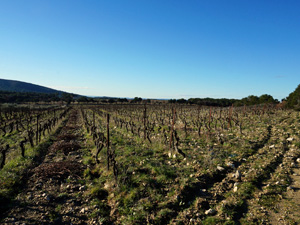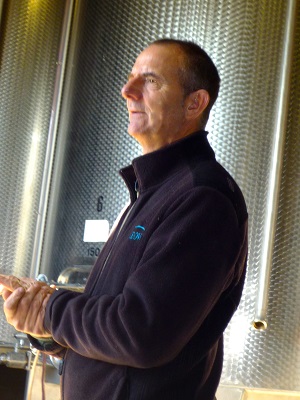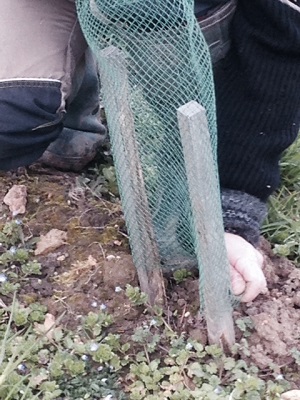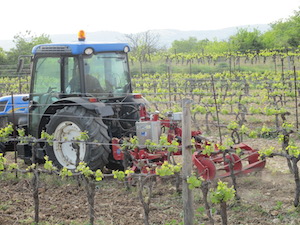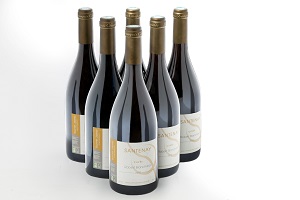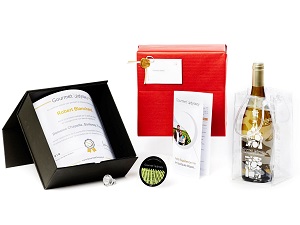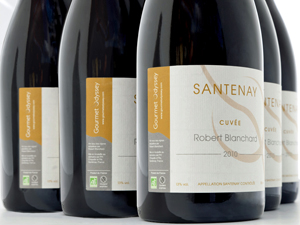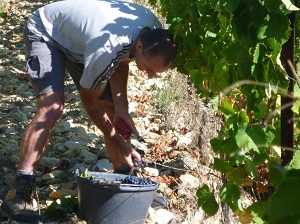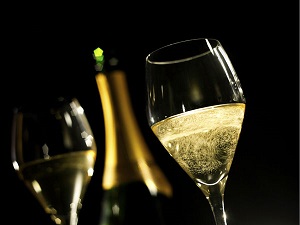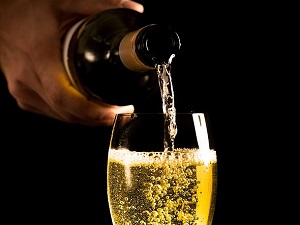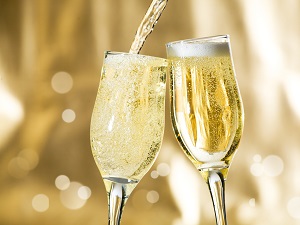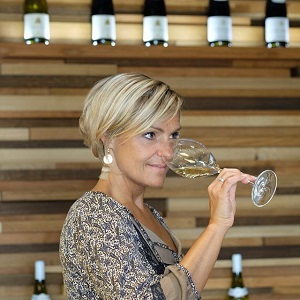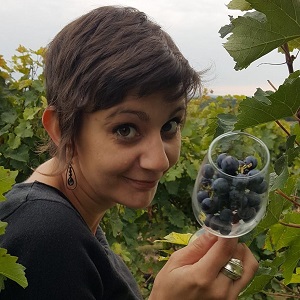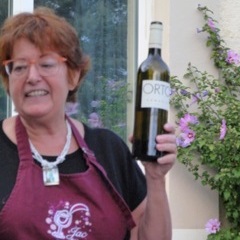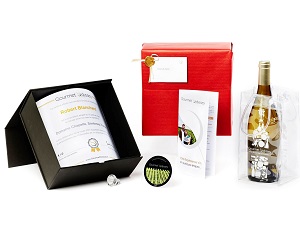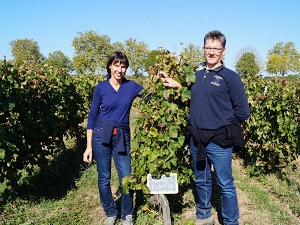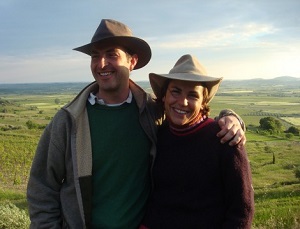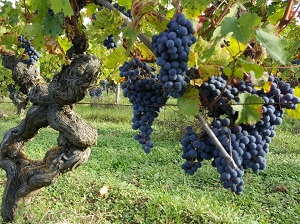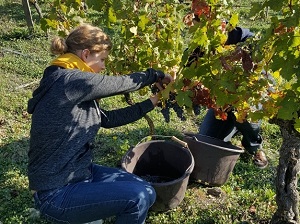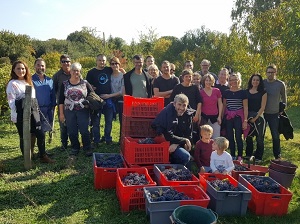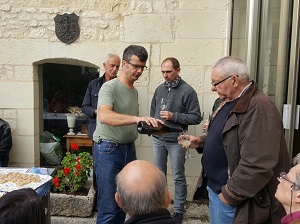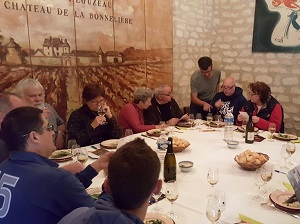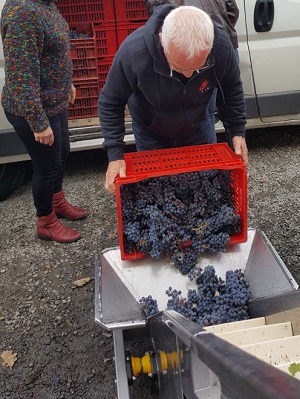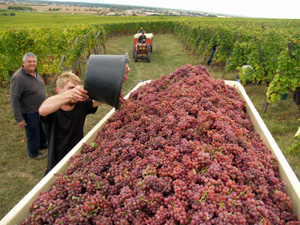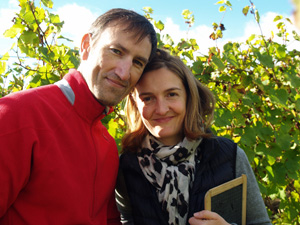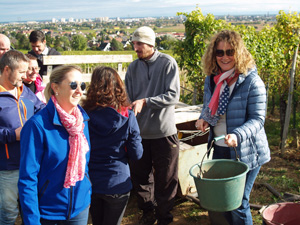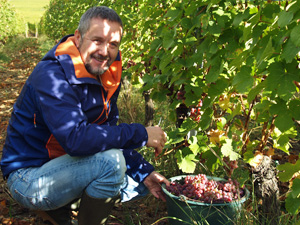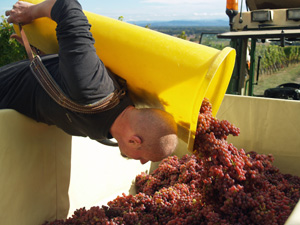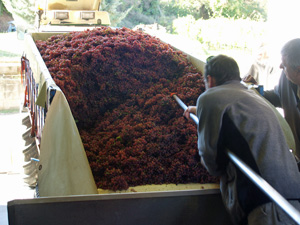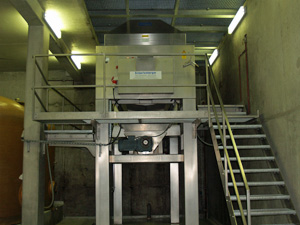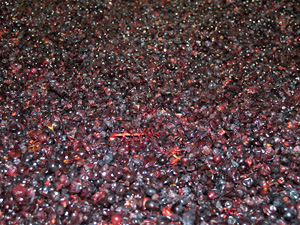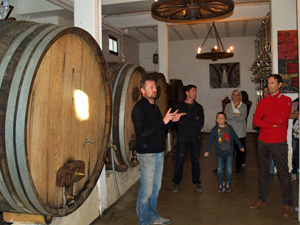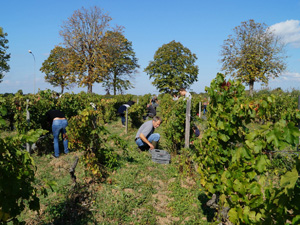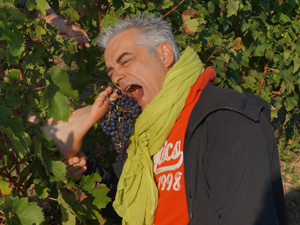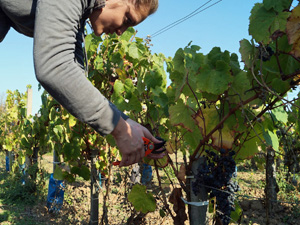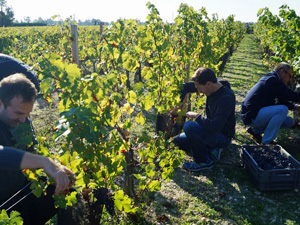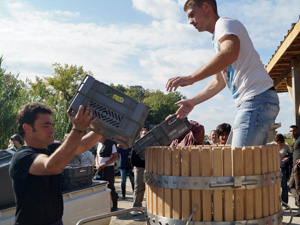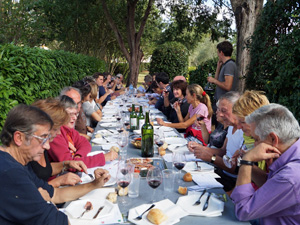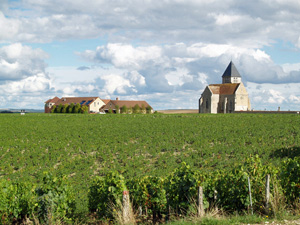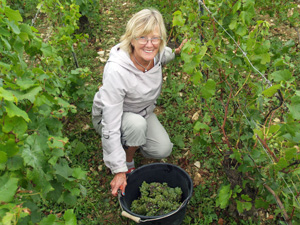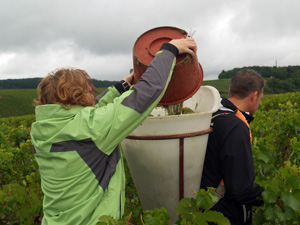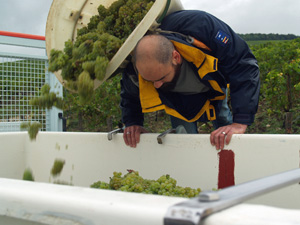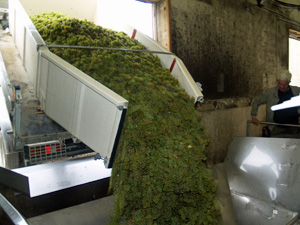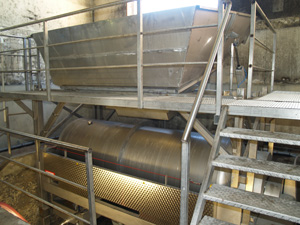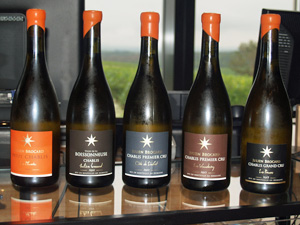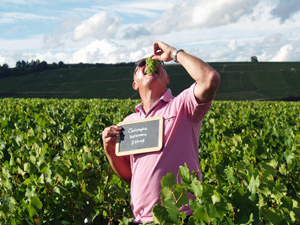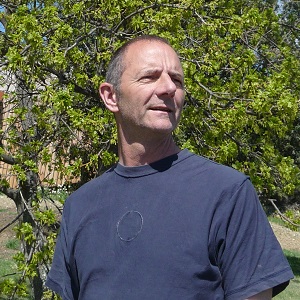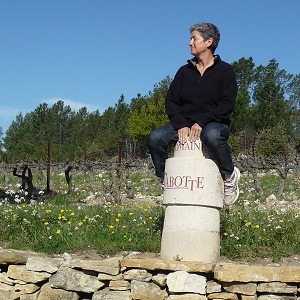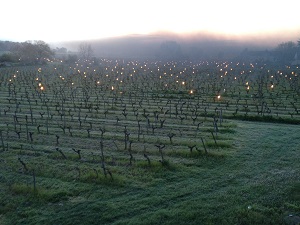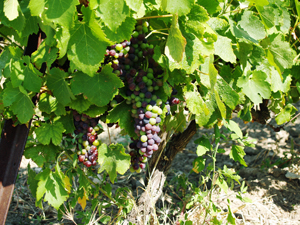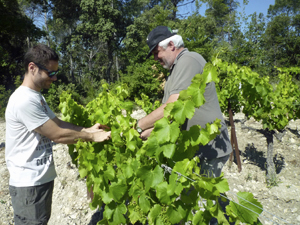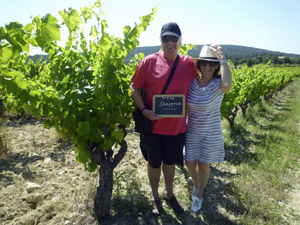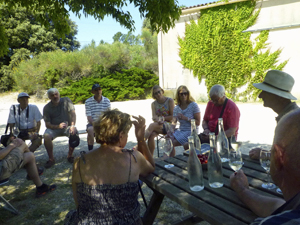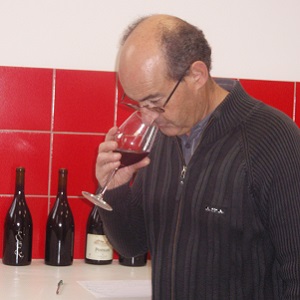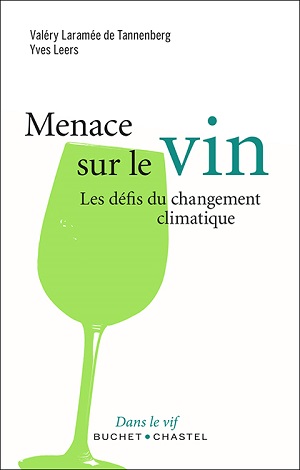The 2017 Wine Experience Days got underway last weekend in Burgundy at Domaine Chapelle with a couple of great Vinification Experience Days with the clients of the 2016 vintage. The aim of this wine course spent at the winery is to learn all about the work in the cellar and the choices that the winemaker takes to make the wine between the harvest and the time that it is ready for bottling. As we were to learn, the winemaker’s job is far from finished once the grapes have been harvested.
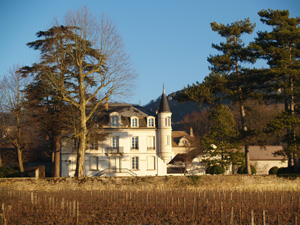
The days were split into different workshops. After the introductions, one group followed Jean-François Chapelle into the fermentation hall. Here he explained how the grapes are received during the harvest and then put into the vats. We learnt about the fermentation process and how the winemakers closely monitor and control it to ensure that it takes place in the optimal conditions. Jean-François explained the difference between the “vin de goutte” and the “vin de presse”, and the differences in making white and red wine.
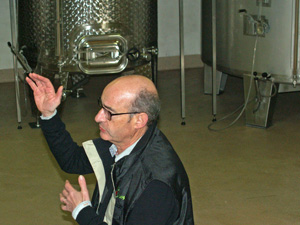
After the first fermentation has finished and the wine has been racked, the majority of the red wines at Domaine Chapelle, including the Clos des Cornières red wine chosen for the Gourmet Odyssey Wine Experience, are moved to the underground cellar to continue their ageing in the oak barrels.
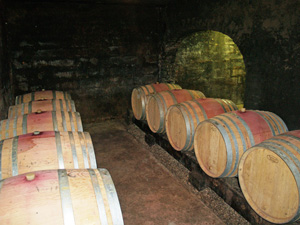
Amongst the barrels, Jean-François explained how the wine loses some of its acidity during the malo-lactic fermentation and let us in on the choices that he makes regarding the different types of barrel used. To better understand the role that the barrels play in making wine, we tasted some wines directly from the barrel to compare the difference between new and old barrels. The same wine had been put into the barrels, so the only difference was the barrel. It’s amazing to see how the aromas and taste vary. The questions abounded, and we covered many topics from chaptalisation, the levels of sulphites added, and the different methods used to close the bottles.
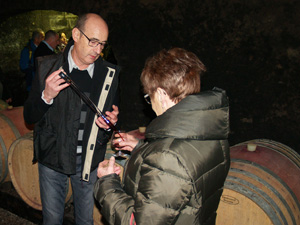
Upstairs, another workshop run by Yvette Chapelle prepared us to better taste wine by putting or senses to the test. Using small bottles containing different aromas found in red wine, we had a go at trying to identify the individual smells. Not as easy as you would at first think!
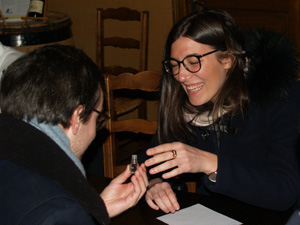
We then tasted four different cups containing a saline, sweet, acidic and bitter solution to appreciate how they feel differently in the mouth.
After the morning’s full programme, we made the most of the glorious sunshine and enjoyed a glass of Santenay St Jean 2015 white wine in the courtyard whilst Jean-François answered more of our questions.
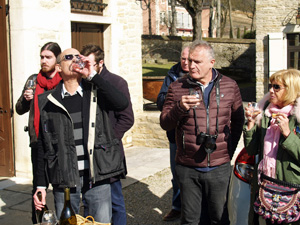
Over lunch, we continued the wine tasting with some of the red Burgundy wines, starting with the Santenay Clos des Cornières 2012, followed by the Santenay La Comme premier cru 2014, and finishing with the Chassagne Montrachet Morgeot premier cru red wine.
We started the afternoon in the Clos des Cornières vineyard to visit our adopted vines. They were revelling in the sunshine and were only too happy to have their photo taken with their adoptive owners!
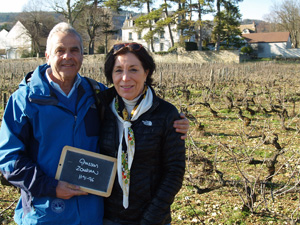
Jean-François then explained the different geology of the surrounding vineyards and how that determines the AOC classification system of Burgundy and Santenay wines. He pointed out the three distinct areas of our Clos des Cornières vineyard, knowledge we needed for the final wine tasting of the day.
Back in the courtyard, we tasted the three different wines from the Clos de Cornières vineyard that are vinified separately and are only blended together shortly before bottling. This enabled us to see the difference that the age of a vine plays, and to get a sneak preview of the potential of the 2016 vintage. The wines were at different stages of the malo-lactic fermentation process, so also enabled us to see how they change.
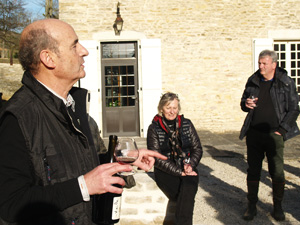
And so the day drew to a close. Many thanks to Jean-François and Yvette for sharing their passion for winemaking with us, and to all of the participants for making it such a great weekend!



